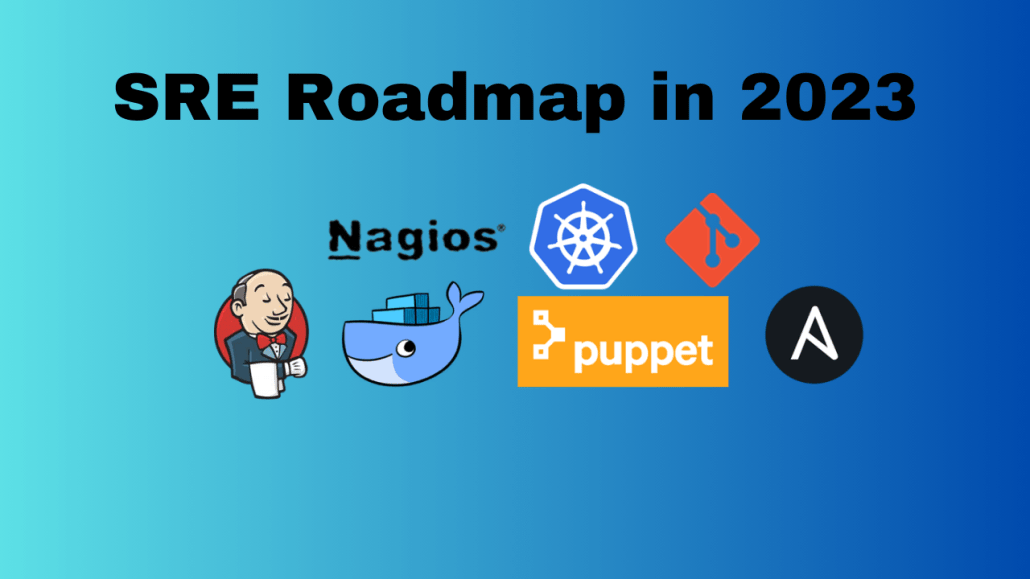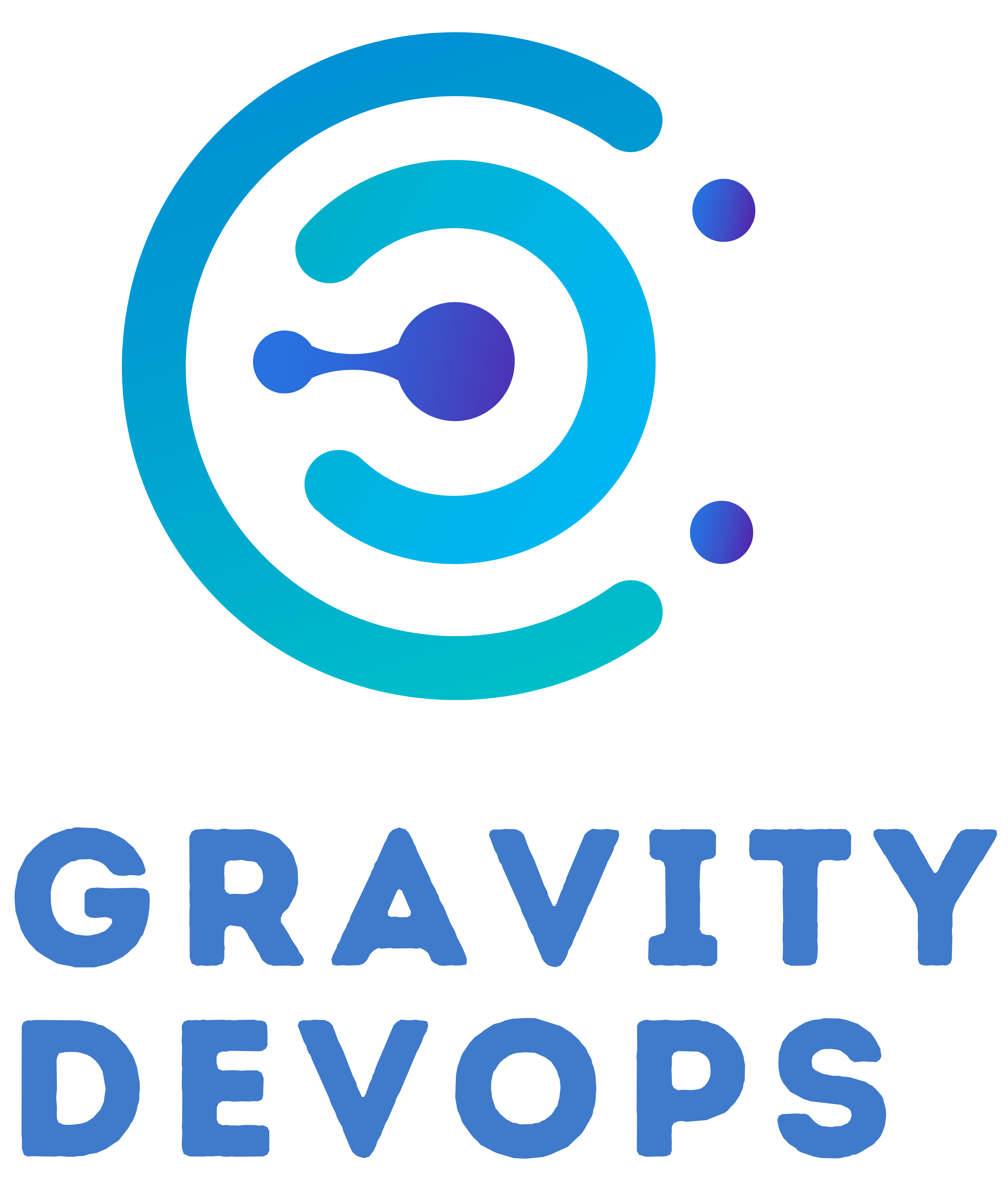Introduction
In this article we will talk about SRE Roadmap 2023. In today’s rapidly evolving software engineering landscape, Site Reliability Engineering (SRE) has emerged as a crucial discipline for ensuring the reliability, scalability, and performance of modern software systems. SRE combines engineering and operations principles to bridge the gap between development and operations teams, ultimately leading to more resilient and dependable systems.

Having a roadmap is vital for successful SRE implementation. It provides a clear path for organizations to follow, enabling them to navigate the complexities of SRE and achieve their reliability goals effectively. In this article, we will explore the SRE roadmap for 2023, delving into the various aspects that drive its significance and impact on software engineering.
The Evolution of SRE
To truly understand the road ahead, we must first reflect on the past. SRE traces its origins back to Google in the early 2000s when it was introduced as a novel approach to managing complex systems. Over time, SRE has evolved, adapting to the changing demands of the industry and embracing new technologies.
Key milestones have shaped the course of SRE, including the emergence of the “Error Budget” concept, which revolves around balancing innovation with stability. Transformative moments, such as the establishment of the SRE Handbook by Google, have further solidified SRE’s place in modern software engineering.
SRE Framework and Principles
At the core of the SRE framework are a set of fundamental principles that guide its implementation. These principles emphasize the benefits of automation, the importance of monitoring and measurement, and the need for error budgeting. By aligning with DevOps and Agile methodologies, SRE ensures seamless collaboration between teams, fostering a culture of continuous improvement and rapid iteration.
Key Skill Sets for SRE Professionals
SRE demands a range of technical expertise from professionals aspiring to excel in this field. Mastery of cloud computing platforms, knowledge of programming languages, and proficiency in distributed systems are just a few examples of the technical skills required. However, non-technical skills, like strong communication, problem-solving abilities, and adaptability, also contribute significantly to the success of SRE professionals.
Challenges and Opportunities in SRE
While SRE brings numerous benefits, implementing its strategies can pose challenges. Common hurdles include resistance to change, organizational silos, and difficulties in balancing reliability and innovation. As we look to the future, emerging opportunities and trends, such as the adoption of machine learning for anomaly detection and the rise of Serverless computing, will reshape SRE practices in 2023.
Building the SRE Roadmap
Creating a comprehensive SRE roadmap involves a step-by-step approach. Organizations must identify their specific goals and align them with SRE initiatives. Establishing clear metrics for success and outlining a well-defined timeline are crucial elements of this process. By breaking down the roadmap into manageable tasks and milestones, organizations can ensure systematic progress towards their reliability objectives.
Infrastructure and Reliability Engineering
Infrastructure plays a vital role in SRE, as it forms the foundation for reliable systems. Best practices for infrastructure and reliability engineering involve optimizing resource allocation, implementing failover mechanisms, and minimizing single points of failure. Through proactive monitoring and continuous improvement, organizations can enhance system reliability and reduce downtime significantly.
Automating SRE Processes
Automation lies at the heart of successful SRE implementation, enabling efficient and streamlined workflows. By leveraging tools and technologies like configuration management systems, container orchestration frameworks, and infrastructure-as-code, organizations can automate repetitive tasks, facilitate scalability, and minimize human error. This automation-driven approach frees up valuable time for SRE professionals to focus on more critical activities.
Monitoring, Alerting, and Incident Response
Effective monitoring and alerting systems are paramount for early issue detection and swift incident response. Organizations must implement robust monitoring solutions that provide real-time visibility into system behavior and performance. Coupled with automated alerting mechanisms, SRE teams can proactively address potential issues, mitigating the impact on users and minimizing downtime.
Capacity Planning and Performance Optimization
In a world of ever-growing user demands, capacity planning is essential for ensuring optimal system performance. SRE professionals must employ strategies to accurately forecast resource requirements and scale systems accordingly. Techniques like load testing, performance profiling, and horizontal scaling empower organizations to optimize their infrastructure, enhance scalability, and meet the evolving needs of their users.
SRE Metrics and Measurement
To measure the success and effectiveness of SRE initiatives, organizations must define key metrics. Service Level Objectives (SLOs) and Service Level Indicators (SLIs) act as crucial benchmarks, providing insights into system reliability, availability, and performance. By continuously monitoring and analyzing these metrics, organizations can make data-driven decisions to improve their SRE practices.
Collaboration and Communication in SRE
Collaboration lies at the heart of SRE success. SRE teams must foster strong relationships with development teams and stakeholders, encouraging a culture of shared responsibility. Effective communication strategies, such as regular meetings, documentation, and incident postmortems, facilitate knowledge sharing and alignment between teams, ensuring transparency and accountability.
Security and Compliance in SRE
With the increasing threat landscape and stringent data protection regulations, robust security practices are paramount for SRE workflows. Organizations must incorporate security considerations into every aspect of their SRE processes, including access control, encryption, vulnerability management, and incident response. Compliance with relevant data protection regulations, such as GDPR or HIPAA, is equally imperative to maintain trust and protect user data.
SRE in Cloud-native Environments
As organizations embrace cloud-native architectures, SRE practices must adapt accordingly. Leveraging cloud services and containers provides enhanced scalability, fault tolerance, and resilience. SRE professionals need to embrace the unique challenges and opportunities presented by cloud-native environments, leveraging technologies like Kubernetes, serverless computing, and microservices to build efficient and reliable systems.
Resilience Engineering and Chaos Engineering
Embracing resilience engineering principles is crucial for building highly reliable systems. SRE teams must adopt proactive approaches, focusing on system redundancy, graceful degradation, and fault injection. Controlled chaos experiments, commonly known as chaos engineering, help organizations identify weaknesses and improve system resilience by intentionally introducing failures. These experiments promote a culture of constant learning and enable organizations to handle unexpected scenarios effectively.
SRE Best Practices from Leading Companies
Learning from industry leaders is invaluable in shaping successful SRE implementations. Through case studies and insights from organizations like Google, Netflix, and Amazon, we can gain valuable knowledge and understand the practical application of SRE principles. Real-world examples showcase the benefits of SRE, highlight potential pitfalls, and inspire organizations to adopt best practices in their own SRE journeys.
SRE Training and Certification Programs
To enhance SRE skills and stay up to date with the evolving industry, professionals can benefit from various training and certification programs. Popular programs like the Google SRE Certification or the SRE Foundation Certification offer comprehensive curriculum and practical assessments. Choosing the right program depends on individual goals, existing knowledge, and the desired level of expertise.
The Future of SRE: Predictions and Projections for 2023
As we peer into the future, numerous trends and advancements shape the destiny of SRE. Machine learning-powered anomaly detection, AIOps, and the continued adoption of cloud-native architectures are expected to drive significant changes in SRE practices. Furthermore, SRE will continue to evolve, exerting its influence on software engineering by promoting a culture of reliability, teamwork, and continuous improvement.
Summary and Conclusion
In conclusion, the SRE Roadmap 2023 provides organizations with a comprehensive guide to achieving reliability and excellence in their software systems. By understanding the origins and evolution of SRE, embracing the framework’s principles, and acquiring the necessary technical and non-technical skills, organizations can overcome challenges and seize emerging opportunities. From building a robust infrastructure to automating processes, monitoring systems, fostering collaboration, and embracing resilience, the roadmap outlines the key steps to success. With a well-structured and adaptable SRE roadmap, organizations can navigate the complex landscape of modern software engineering and ensure reliable, scalable, and performant systems.



